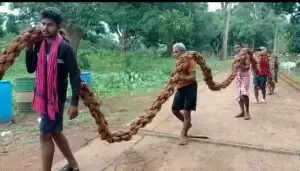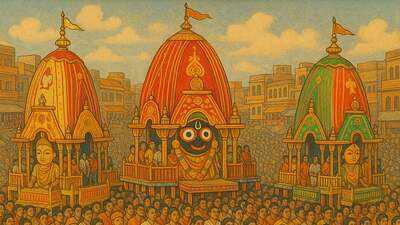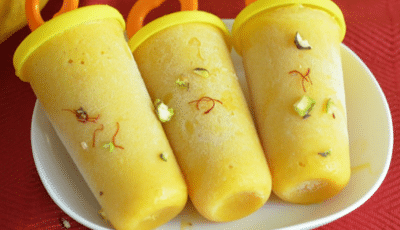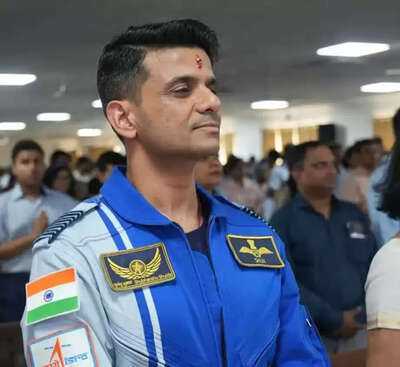
A Vibrant Tradition in Keonjhar District
A tranquil village in the Banspal block of Keonjhar district comes alive as the Rath Yatra approaches. Villagers engage in the time-honored practice of crafting ropes from siali vines for the Nandighosha chariot, a significant aspect of the annual celebration at the Lord Baladevjew temple. This tradition, which has been upheld for generations, sees members of the Bhuyan tribal community banding together to harvest siali vine bark from local forests, meticulously weaving these sacred ropes as a tribute to the deity. Historically, six Bhuyan villages contributed to this effort, but the residents of Danala village in Suakati panchayat have taken on this cherished responsibility.
As the car festival nears, the community unites to create the ropes essential for pulling the Nandighosha, the sole chariot for the deities at the Lord Baladevjew temple. Preparations commence on Akshaya Tritiya, a day that signifies the start of chariot-related activities. The villagers trek to the Gandhamardan hills with great reverence to gather the siali bark. After the harvest, they await the Lord’s blessing on Snana Purnima before weaving the ropes that will guide the Nandighosha. For the devotees, these siali ropes symbolize deep devotion and tradition, playing a crucial role in the chariot's movement. Many attendees keep small pieces of the ropes as sacred mementos from the festival.
Kunja Dehuri, the chief of the Bhuyan community in Danla village, shared, “We begin gathering the bark from the finest siali vines in the hills starting on Akshaya Tritiya. On Snana Purnima, we seek permission to craft the ropes.” Santal Behera, a local resident, added, “Though it requires significant effort, we uphold this tradition with unwavering faith.” The villagers select vines from trees that are free from birds, ants, or insects. Once harvested, the vines are brought to the village mandap, where the bark is stripped, spun into thread, and twisted into robust ropes. Bhimasen Puhan, another villager, noted that three ropes are made for the chariot, with an additional one kept as a spare. Each rope measures approximately 15 to 18 inches in thickness and 145 to 150 feet in length. Raj Kishore Panda, the temple’s head priest, remarked, “Using ropes made from siali vines to pull the chariots is an ancient custom.” The festival is renowned for its impressive 72-foot tall Nandighosha chariot, considered the tallest globally, which transports the deities Lord Baladevjew, Devi Subhadra, and Lord Jagannath to the Mausi Maa temple, pulled by thousands of devoted followers.
-
Jagannath Rath Yatra 2025: Know Rituals Of The Auspicious Festival

-
Lucknow-Born NRI Held At Mumbai Airport For Duping Pune Woman Of ₹3.6 Crore On Pretext Of Marriage

-
Mango Pistachio Kulfi: You can serve it as a dessert after your meal, guests along with family members will be fascinated..

-
Subhanshu Shukla: How much money will Subhanshu Shukla, who goes to space, get? Air Force, NASA or ISRO, who will pay; Read full details..

-
'Newborn's Mouth Stuffed With Ash, Strangled With Scarf': Kaithal Woman Kills Son Born Of Illicit Affair – Shocking Details Surface
